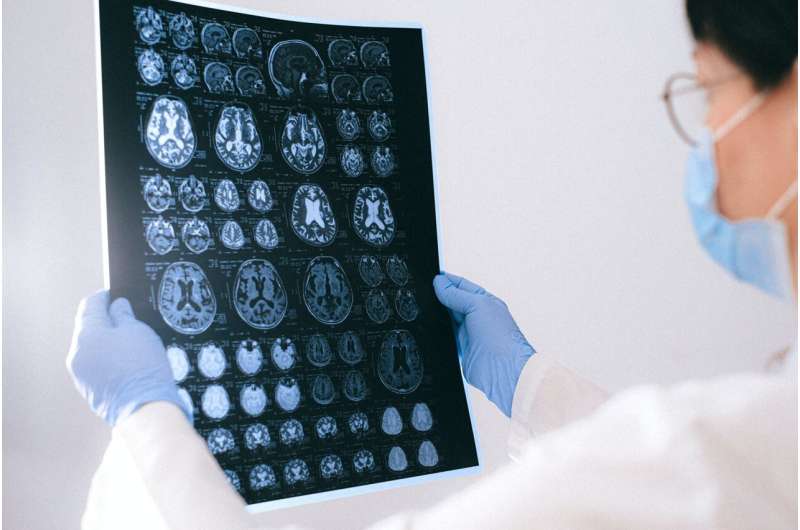Innovative Algorithm Enhances Vascular Design for 3D Bioprinted Hearts

A new algorithm developed at Stanford significantly speeds up the design of complex vascular networks for 3D bioprinted hearts, paving the way for improved organ manufacturing and regenerative medicine.
Researchers at Stanford University have developed a groundbreaking algorithm that significantly accelerates the creation of detailed vascular networks essential for 3D bioprinted organs, especially hearts. This platform, published in the journal Science on June 12, 2025, enables the rapid design of complex blood vessel architectures that closely mimic natural human vasculature, overcoming previous limitations in scaling up tissue engineering. The algorithm runs approximately 200 times faster than traditional methods and can generate vascular models suited for intricate organ shapes, which can then be translated into printable instructions.
One of the core challenges in bioprinting functional organs is ensuring adequate blood flow throughout the tissue. By designing vascular trees that emulate native organ structures, the team aims to provide sufficient oxygen and nutrients to every cell, a vital aspect for tissue survival and growth. Their software, available as an open-source project called SimVascular, incorporates fluid dynamics simulations to produce realistic, collision-free blood vessel networks with a single inlet and outlet.
In their experiments, they successfully created a vascular model with over a million vessels that could supply cells positioned within 100 to 150 microns, a proximity vital for cell viability in thick tissue constructs. Although current 3D printing technology cannot yet produce such dense networks at the organ level, the team demonstrated a smaller vascular model with 500 branches, printed using live cells, and maintained the viability of embedded human kidney cells by pumping oxygen-rich fluids through the network.
These developments mark a pivotal step toward fabricating fully functional, transplantable organs. The researchers are now integrating these vascular designs with stem cell-derived organ tissues, moving closer to the goal of printing complete, patient-specific organs such as hearts. While challenges remain in generating fully physiological vessels with the necessary cellular components, this innovative approach opens new avenues for regenerative medicine and organ transplantation.
Source: https://medicalxpress.com/news/2025-06-algorithm-vascular-3d-hearts.html
Stay Updated with Mia's Feed
Get the latest health & wellness insights delivered straight to your inbox.
Related Articles
Emerging Research Highlights the Heart's Influence on Cognition and Emotions
New research suggests that the heart profoundly influences our thoughts and emotions, highlighting the interconnectedness of cardiovascular health and mental well-being. Learn how heart–brain interactions shape our psychological states and health outcomes.
Revolutionary Use of E.coli Bacteria Turns Plastic Waste Into Potential Painkillers
Scientists have engineered E. coli bacteria to convert plastic waste into valuable painkillers like paracetamol, offering a potential innovative solution to plastic pollution and pharmaceutical production challenges.
Massachusetts Hospital Under Scrutiny Over Brain Tumor Cluster Among Nurses
Concerns rise as a cluster of benign brain tumors among nurses at Newton-Wellesley Hospital prompts ongoing investigations and questions about workplace safety. Experts and unions are calling for more comprehensive testing to ensure hospital environmental safety.
Climate Change and Its Rising Impact on Pregnancy Health Risks
A new study reveals that climate change significantly raises the risk of heat-related pregnancy complications worldwide, emphasizing the need for targeted public health and climate policies.



